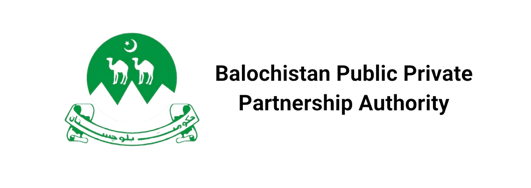INP-WealthPk
Ahmed Khan Malik
The Balochistan government is finalizing various projects to improve the living standard of its people under the Public Private Partnership (PPP) model through the Viability Gap Fund, reports WealthPK.

The fund has been created to promote investment in the province and the provincial government has allocated substantial funds during the current financial year to carry out the projects. “The government is striving towards achieving sustainable and inclusive socio-economic development to improve the living standard of the people,” Mehran Baloch, Additional Director PPP Unit of Balochistan Government, told WealthPK. He said the government intended to actively engage the private sector and promote investments across sectors through the PPP mode to deliver physical infrastructure, social services and other public-interest projects. He noted that for the successful promotion and implementation of the PPP program, it was essential to identify viable projects suitable for private sector investment. However, the government has capacity and resource constraints that impede its ability to proactively develop a pipeline of bankable PPP projects. “To overcome these constraints, the government has taken steps to establish a robust legal and regulatory framework for initiation and implementation of the PPP projects.
“In this regard, the Balochistan Public Private Partnership Authority has been established to initiate, structure, develop, procure, negotiate, execute and implement projects. The PPP Unit has been established to, among other things, evaluate projects and provide feedback and advice to the PPP Authority at all stages of a project,” he said. He pointed out that an important contributing factor to the success of a PPP project was risk identification, assessment, allocation, and mitigation. It is essential that the key risks associated with the PPP projects are timely identified and mitigated, including through allocation to the party better suited to bear such risks. From the government’s perspective, it is essential that through appropriate risk management at the outset, the government is cognizant of any direct and contingent liabilities that may arise from a PPP project (including from the provision of any financial support and guarantees) for adequate budgetary allocation and fiscal accounting.
Under the PPP Act, the PPP Unit is responsible for, among other things, performing risk assessment for PPP projects to ensure that relevant risks are appropriately allocated between the public and private sectors, and the government’s overall exposure is well managed. Baloch noted that the dual objective of risk management through the PPP Unit was to support infrastructure development through the PPP projects while maintaining the fiscal sustainability of the government budget. He said substantial funds had been set aside in the current budget to make the role of the PPP Authority more vibrant, attracting investment in the province. The Sindh province has successfully executed various projects under the PPP mode, setting a precedent for the other provinces to follow. Although Balochistan has been late in starting projects under the PPP mode, the government is hopeful of making a rapid progress on these projects in a short span of time.
Credit: INP-WealthPk













